The new Maghreb Bank for Investment and Foreign Trade is a significant step in efforts to create a regional economy.
The economic integration of five countries of the Maghreb region of Northern Africa took a step forward with the launch of the Maghreb Bank for Investment and Foreign Trade.
The bank will finance joint projects of the five member nations of the Arab Maghreb Union – Algeria, Libya, Mauritania, Morocco and Tunisia. It launched with $150 million in capital contributed by the member countries.
The bank will invest in projects including infrastructure, transportation, telecommunications and electrical power. It will also work to strengthen intra-Maghreb trade.
The bank, based in Tunis, was launched December 21. Nouerddine Zekri, former Tunisian Secretary of State for Development and International Cooperation, was named Senior General Manager of the bank.
A step towards integrating regional economies
The launch marks a significant step in the long-delayed effort to boost trade within the region by integrating the economies of the five countries, which together represent a market of about 100 million consumers.
Despite decades of regional political tensions, the economic appeal of the integration effort has remained strong.
Exports from and to countries within the region are extremely low and the integration promises to increase those. At the same time, most of the countries are highly dependent on trade with the European Union and more intra-region trade will reduce that vulnerability.
Integration promises to grow GDP
Economic integration would increase growth in GDP by an estimated 2-3 percent and increase job creation, according to one study, which called it a potential “game changer’’ for a region that is the least integrated in the world. On average, trade between the five countries represents only three percent of their global trade.
“The benefits would be significant. It could increase intra-regional commerce by 5-12% and stimulate job growth and help anchor stability,” the report from the Tunis Conference on Regional Economic Integration said.
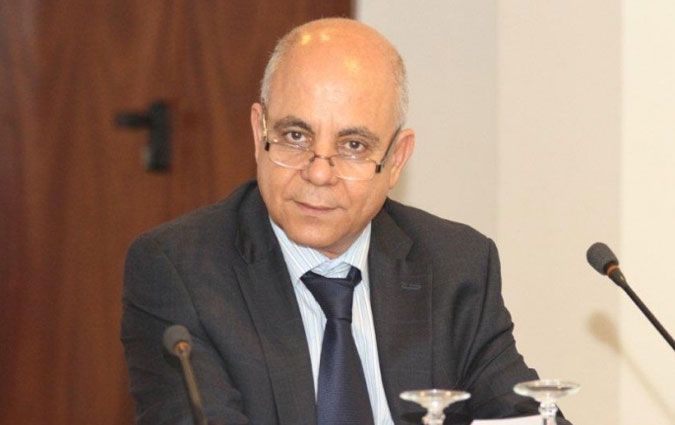
Nouerddine Zekri, the first General Manager of the new Maghreb Bank
Boosting trade within the region
The report said trade within the region could grow by 5 to 12 percent with integration.
“This growth could in turn translate to significant job creation particularly if enhanced trade encompasses both goods and services,” the report said, noting that a consumer market of about 100 million would attract greater foreign and local investment and offer smaller businesses opportunities to expand.
National economies struggle
The growth would help economies that have struggled.
Since 2011, growth of GDP in the region has averaged only 2 percent, compared to 5 percent during the six years prior to the financial crisis of 2008. Economic growth has failed to keep pace with population growth. Unemployment is high, averaging 12 percent in Algeria, Morocco and Tunisia, according to the European Commission.
At the same time, the Maghreb countries are highly dependent on trade with the European Union, which proved to be vulnerability during the euro crisis.
Algeria, Libya, Morocco and Tunisia export as much as 70 percent of their products to the EU and those exports represent 20 to 30 percent of their GDP. Morocco and Tunisia also depend heavily on European tourists, which make up about 40 percent of their arrivals.
While one goal is to reduce dependence on exports to Europe, an integrated regional economy might create a more effective bargaining bloc to negotiate in with the European Union.
Political tensions, unrest stall progress
The five countries first signed the Treaty of Marrakesh agreeing to integrate in 1989. The framework for forming a bank was signed in 1991 but the actual bank was not approved until 2006.
Political tensions stalled the economic integration effort for more than two decades. Initially, disagreements between Morocco and Algeria over territory in the Western Sahara contributed to delays. More recently, political disruption and war created uncertainty about economic stability in the region.
The differing economic structures of the countries have also posed a challenge to integration. Morocco and Tunisia have relatively liberal market economies while Algeria and Libya economies were more tightly controlled. Mauritania’s economy is largely based on subsistence agriculture.
Among the five countries, Algeria and Morocco have the largest economies with $552 billion and $250 billion GDP respectively. The GDP of Mauritania, totals an estimated $8 billion.

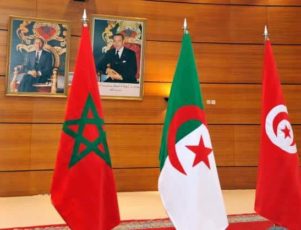
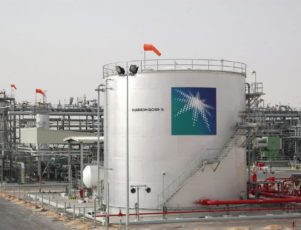

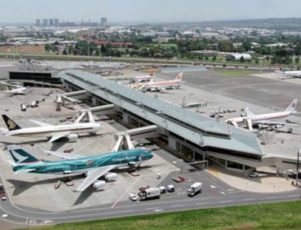
 In many cases it is easier for a traveler from an African country to first fly to Paris or Dubai and then to another African country, according to Fatima Beyina-Moussa, director general of Equatorial Congo Airlines and president of the African Airlines Association.
In many cases it is easier for a traveler from an African country to first fly to Paris or Dubai and then to another African country, according to Fatima Beyina-Moussa, director general of Equatorial Congo Airlines and president of the African Airlines Association.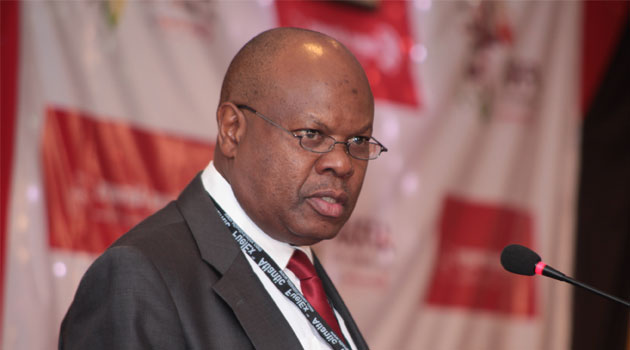

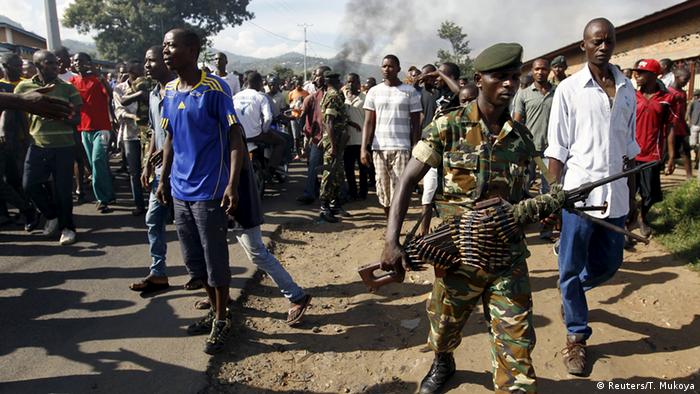

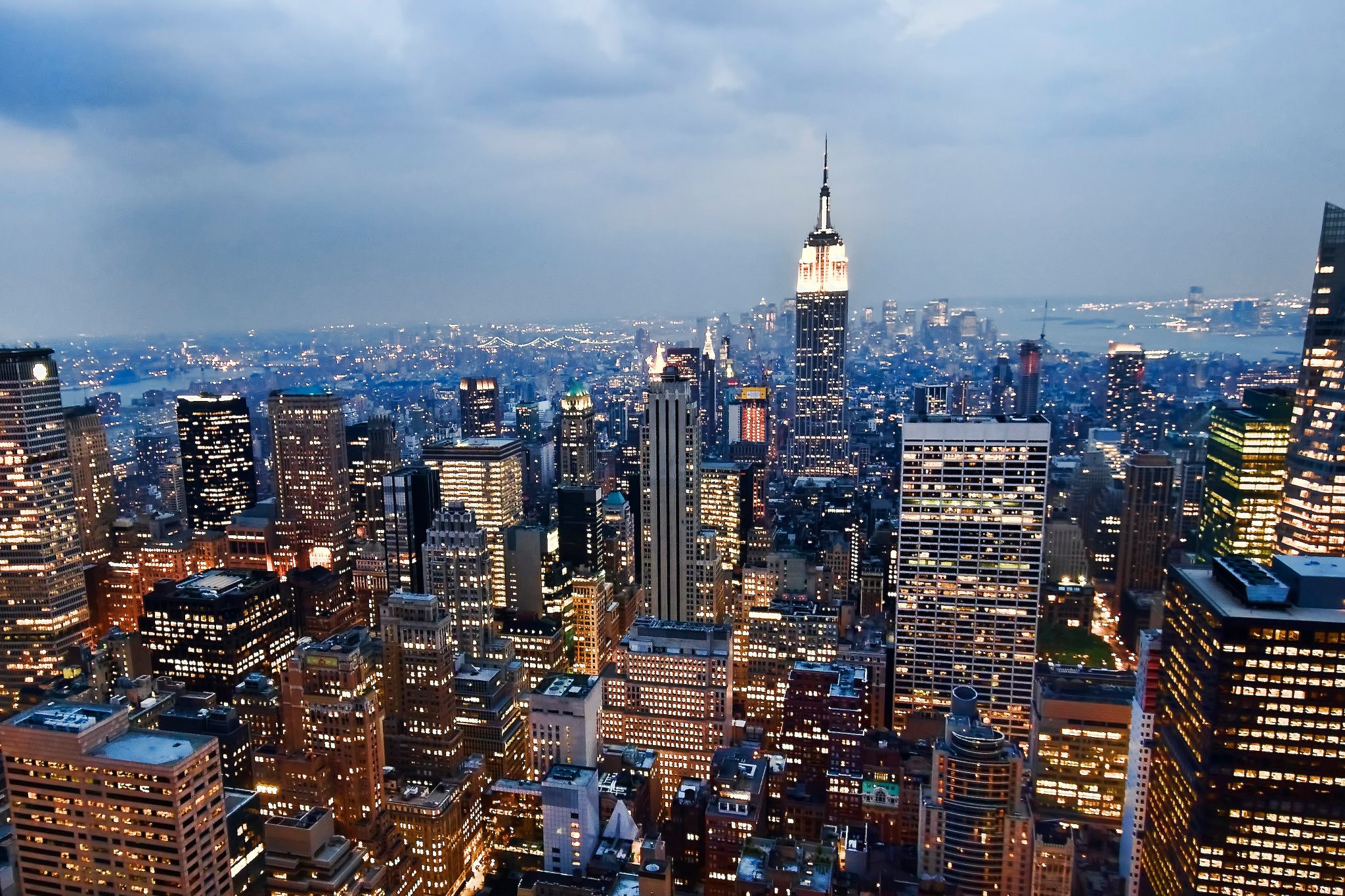 As mentioned, location is a crucial factor, and it comes as no surprise that some of the world’s major conurbations are the primary beneficiaries of this surge in spending. London leads the field, with US$2.8 billion spent on commercial property in the first 6 months of 2015, with Hong Kong (2.4 billion) and New York (1.1 billion) following in its wake. It is worth noting however that if we examine total real estate investment rather than just that originating in the Middle East, New York is leagues ahead of its English rival with a staggering US$40.1 billion of investment in real estate over the first half of 2015 compared to London’s 19.4 billion and Los Angeles’ 19.3 billion.
As mentioned, location is a crucial factor, and it comes as no surprise that some of the world’s major conurbations are the primary beneficiaries of this surge in spending. London leads the field, with US$2.8 billion spent on commercial property in the first 6 months of 2015, with Hong Kong (2.4 billion) and New York (1.1 billion) following in its wake. It is worth noting however that if we examine total real estate investment rather than just that originating in the Middle East, New York is leagues ahead of its English rival with a staggering US$40.1 billion of investment in real estate over the first half of 2015 compared to London’s 19.4 billion and Los Angeles’ 19.3 billion.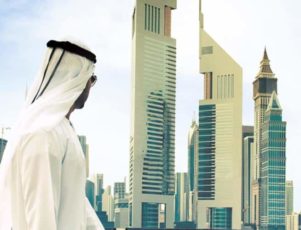
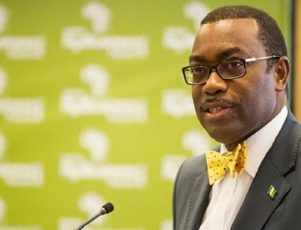


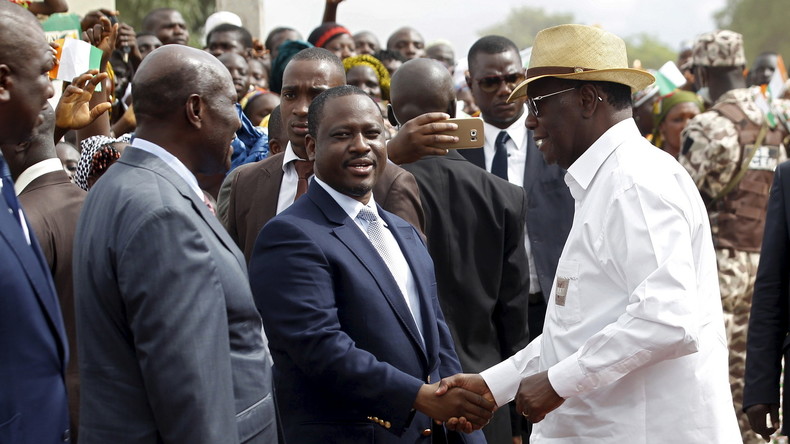
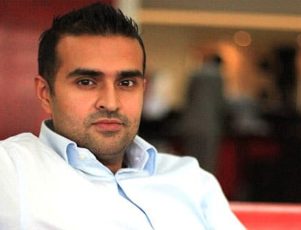
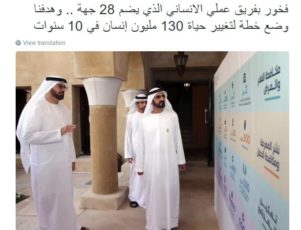
 “The significance of these (social media) channels lies in their ability to reach out easily to all members of the society through personal devices,” he said at a Social Media Influencer Summit, which he convened in 2015 to discuss legislation to insure the “best use of social media platforms.”
“The significance of these (social media) channels lies in their ability to reach out easily to all members of the society through personal devices,” he said at a Social Media Influencer Summit, which he convened in 2015 to discuss legislation to insure the “best use of social media platforms.”